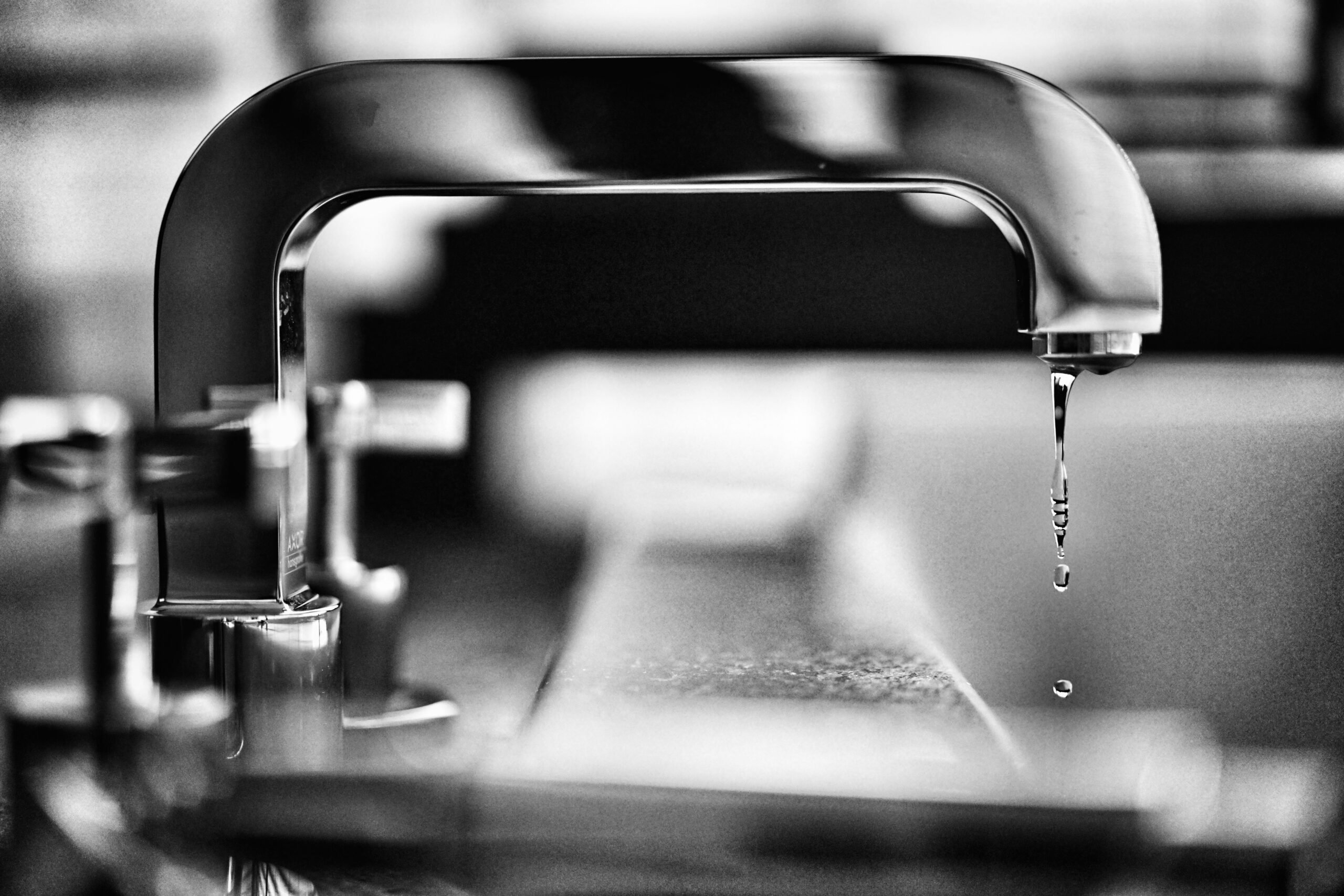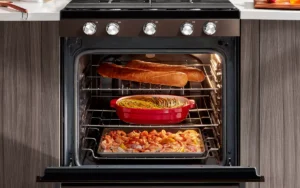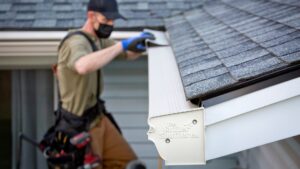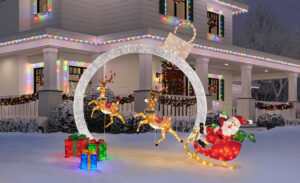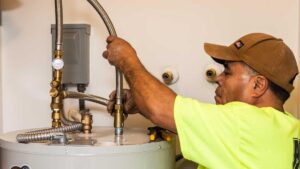As the brisk winds of winter approach, it’s time for homeowners to shift their focus to winterizing their homes, and one crucial aspect often overlooked is outdoor plumbing. The last thing anyone wants is to deal with burst pipes or frozen fixtures during the colder months. In this comprehensive guide, we’ll walk you through the essential steps to safeguard your outdoor plumbing and ensure a comfortable and stress-free winter.
- Disconnect and Drain Garden Hoses:
Begin your winterization process by disconnecting all garden hoses from outdoor faucets. Leaving hoses attached can lead to frozen water within the pipes, potentially causing them to burst. After detaching the hoses, be sure to drain any remaining water and store them in a dry place. This simple step goes a long way in preventing unnecessary damage to your outdoor plumbing. - Shut Off Exterior Faucets:
Locate the shut-off valve for each exterior faucet and turn them off to stop the flow of water to these areas. This is especially important for faucets that are not frost-proof, as it prevents water from sitting in the pipes and freezing during the colder temperatures. Ensure that any residual water is drained from the faucet by opening it after shutting off the valve. - Insulate Exposed Pipes:
Exposed pipes are vulnerable to freezing, so take the time to insulate them properly. Use pipe insulation sleeves or wrap them with heat tape, paying special attention to areas that are more susceptible to the cold. This extra layer of protection will help maintain a consistent temperature and reduce the risk of frozen pipes. - Install Faucet Covers:
Faucet covers are an inexpensive yet effective way to shield outdoor faucets from freezing temperatures. These covers act as insulation, preventing cold air from reaching the faucet and causing damage. Install them securely over each exterior faucet for added protection. - Clear Gutters and Downspouts:
Clogged gutters and downspouts can lead to ice dams, which may affect your plumbing and roofing. Regularly clean out debris, leaves, and other obstructions from gutters to ensure proper drainage. This not only safeguards your plumbing but also helps protect your home’s foundation from potential water damage. - Schedule a Professional Inspection:
Consider hiring a professional plumber for a thorough inspection of your outdoor plumbing system. They can identify potential issues, such as leaks or weak points in the pipes, and offer solutions to address them. A preemptive inspection can save you from costly repairs down the road. - Consider Heat Tracing:
For areas with consistently harsh winter conditions, consider installing heat tracing cables on exposed pipes. These cables generate heat to prevent freezing, providing an added layer of protection in extreme weather.
Winterizing your outdoor plumbing is a proactive step that pays off in the long run. By following these simple yet effective tips, you’ll ensure that your home remains cozy and functional throughout the winter months. Remember, a little preparation goes a long way in preventing plumbing headaches and preserving the integrity of your home. Stay warm and worry-free this winter!

